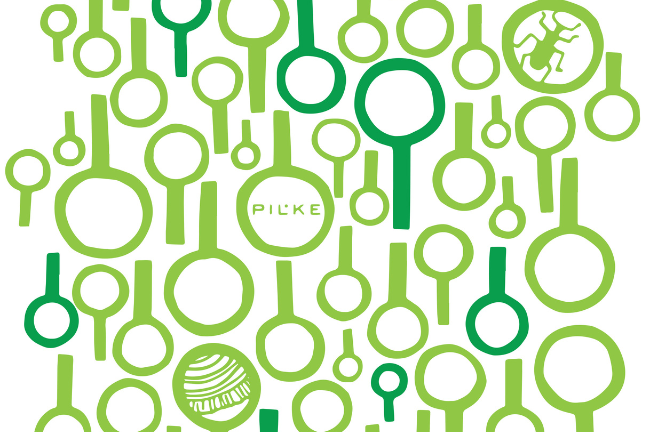The sawmilling process
1. Sorting and debarking
The first steps in the manufacture of sawn timber are automated sorting and debarking. Logs are sorted into different quality grades according to wood species, diameter, length and quality. The value of a sawlog as a sawmill’s raw material depends on these factors. The automated system chooses the best sawmilling method for the logs.
2. Sawmilling
The sawmilling line consists of different saws. A sawmill may have separate saw lines for large logs and small roundwood. There are several log-sawing methods, but the most commonly used method in the Finnish export industry is cant sawing. Radial quarter sawing and through-and-through sawing are used for special products.
3. Drying
After sawing, the lumber is dried and sorted. Drying takes place in drying kilns or outside. Dried sawn timber lasts longer, and drying improves its usage properties. The drying process in the kilns is quick, but air-dried timber is valued in some aspects of joinery work.
4. Grading
Following drying, sawn timber is graded, trimmed to module length if necessary, stamped, packaged and stored. The automatic grading process is based on the quality and intended use of the timber. The most important quality factor is the number of knots. Different grades of sawn timber are used for different applications.
5. Further processing
Planing mills process sawn timber into precisely measured, smooth pieces in the desired form. Modern planing machines are able to process all four sides of sawn timber in one go, while also producing the desired cross-profile. Planing mills are often annexed to sawmills, joinery plants or house-manufacturing plants.
6. By-products
In the sawmilling process, around 50 per cent of a log becomes by-products: chips, sawdust and bark. Chips and sawdust are sold as raw material to the board and paper industry, and the bark is incinerated for thermal energy to be used in the drying process or for selling.
